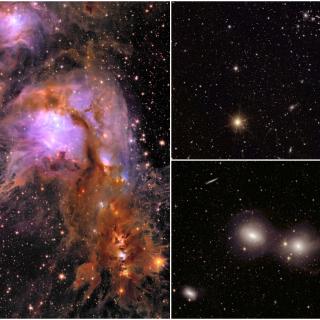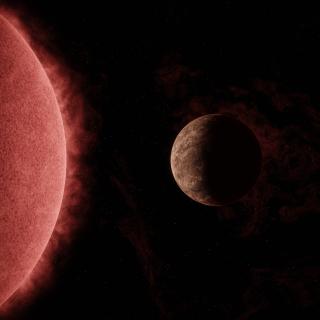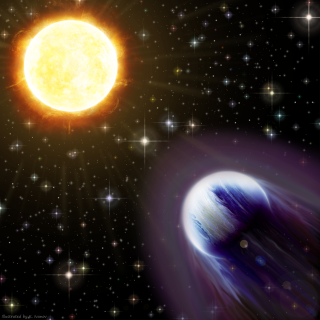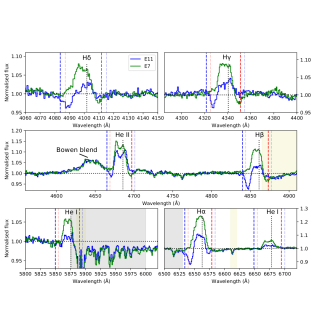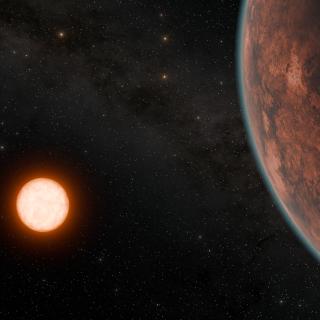
An international research, in which the Instituto de Astrofísica de Canarias (IAC) has played a leading role, has found a planet of intermediate size between Earth and Venus orbiting a cool red dwarf 40 light-years away. The new world, named Gliese 12 b, lies within the habitable zone of its star, making it a promising candidate for the James Webb Space Telescope to study its atmosphere. The discovery was made possible thanks to observations from NASA's TESS satellite and other facilities such as CARMENES, at Calar Alto Observatory (CAHA), and MuSCAT2, installed at the Carlos Sánchez
Advertised on
